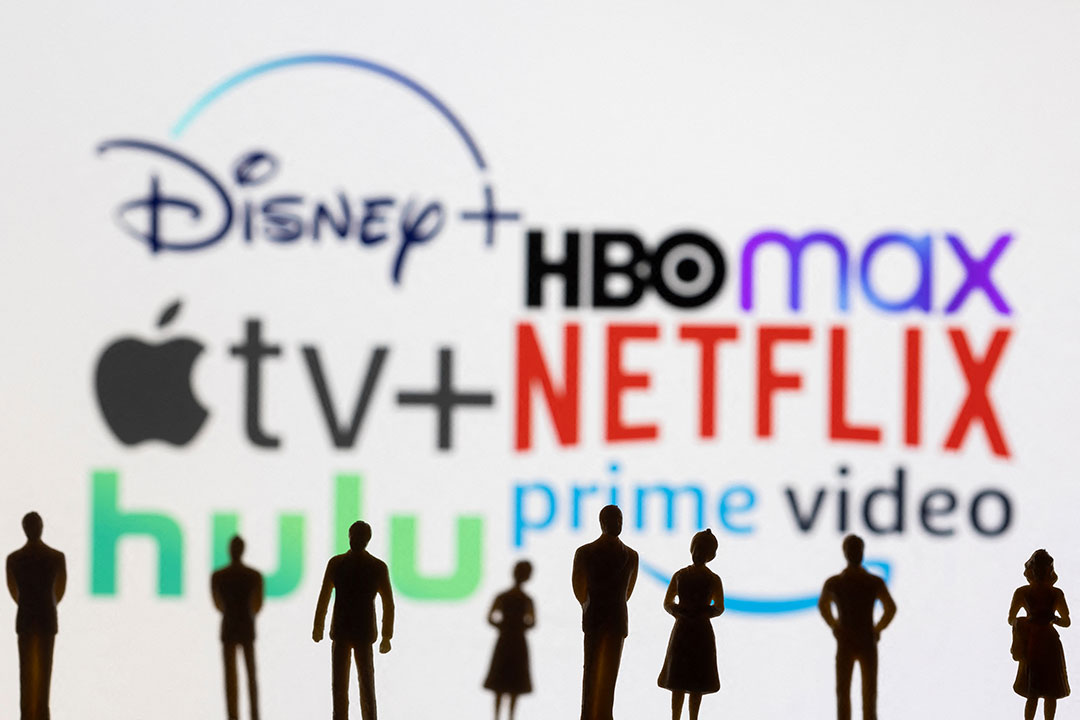 Toy figures of people are seen in front of the displayed logos of Disney +, HBO Max, Apple TV, Netflix, Hulu and Prime Video. — REUTERS/DADO RUVIC/ILLUSTRATION
Toy figures of people are seen in front of the displayed logos of Disney +, HBO Max, Apple TV, Netflix, Hulu and Prime Video. — REUTERS/DADO RUVIC/ILLUSTRATIONBy Aubrey Rose A. Inosante and Justine Irish D. Tabile, Reporters
THE PHILIPPINES may face additional tariffs after US President Donald J. Trump’s fresh tariff threat against countries that impose digital taxes on US technology companies, analysts said.
In a post on Truth Social, Mr. Trump threatened countries that have digital taxes with “substantial additional tariffs” on their exports to the US if they do not remove these laws.
“With this truth, I put all countries with digital taxes, legislation, rules, or regulations, on notice that unless these discriminatory actions are removed, I, as President of the United States, will impose substantial additional tariffs on that country’s exports to the USA, and institute export restrictions on our highly protected technology and chips,” Mr. Trump said.
The Philippines, which began enforcing its digital tax law in June, may be among the countries facing additional US tariffs.
“Likely to have an impact on us since we impose 12% VAT (value-added tax) on digital services,” Ateneo Center for Economic Research and Development Director Ser Percival K. Peña-Reyes said in a Viber message.
Republic Act No. 12023 imposes a 12% VAT on nonresident digital service providers such as Netflix, Amazon, and Google. The law aims to level the playing field between local and foreign digital platforms.
“This could be part of Trump’s reciprocal tariffs on digital transactions that are taxed by different countries around the world, especially by developed countries,” Rizal Commercial Banking Corp. Chief Economist Michael L. Ricafort said in a Viber message.
“So, there is a risk of retaliatory US tariffs in the country (Philippines), though the effect could still be minimal or negligible,” he added.
Mr. Peña-Reyes warned that the US may hike the current 19% tariff on Philippine goods since Mr. Trump remains “unpredictable.”
The US began imposing a 19% tariff on Philippines goods on Aug. 7.
Mr. Ricafort said the US president could still try to get concessions in terms of reduced digital transaction taxes for US companies as part of the trade negotiations.
Mr. Trump in February signed a memorandum to combat the digital service taxes imposed by foreign governments on American companies.
The directive renewed the digital service tax investigations that were initiated during Mr. Trump’s first term while also investigating additional countries that use digital service tax.
Analysts cautioned the Philippine government against hastily lifting the VAT on US technology firms.
“(This is) something the government should study and weigh carefully — revenues lost from lifting tax versus revenues from lower exports due to higher tariff,” Mr. Peña-Reyes said.
The Department of Finance has estimated that the government will generate P102.12 billion in revenue from digital VAT collections between 2025 and 2028.
“It’s hard to be optimistic that the trade benefits we may get from lifting taxes will be greater than the impact of additional revenues we may get from taxes which, if used correctly, may help in developing industries through government support and additional incentives,” Matt Reinielle M. Erece, an economist at Oikonomia Advisory and Research, Inc., said.
Asian Consulting Group Founding Chairman and Chief Tax Advisor Raymond A. Abrea said that the Philippine law is not solely targeted at US tech giants, “but reflects a broader global move to modernize tax systems in the digital age.”
“The Philippines did not create a separate digital tax. We simply expanded VAT to include online transactions and digital service providers, ensuring fairness between traditional and digital businesses,” Mr. Abrea said in a Viber message.
Mr. Trump had claimed these digital taxes were “designed to harm, or discriminate against American technology,” while giving a pass for Chinese firms.
Meanwhile, Mr. Erece said the threat of additional tariffs poses risks to the country’s export sector and broader economic performance.
“Therefore, the country must do two things: continue close but persistent trade negotiations with the US but also be aggressive in supporting and incentivizing exporting industries to develop competitive goods that remain attractive to foreign consumers despite tariffs being in place,” he said.
Philippine Chamber of Commerce and Industry Chairman George T. Barcelon said that businesses are in a wait-and-see stance until the new tariffs are clarified.
“We are taxing services that come from the US, like a lot of software platforms. Even if it’s on the cloud, on a prescription basis, now, there’s already a VAT,” Mr. Barcelon said in a phone interview.
“I do not know whether that translates to the fact that President Trump will impose their version of a tax on our exports. But it sounds like that will be the effect,” he added.
Meanwhile, the 19% US tariff is expected to have a smaller impact on the Philippine economy than previously expected, Fitch Solutions’ unit BMI said.
“We estimate that the revised tariff rate will lead to a 0.4-percentage-point (ppt) reduction in output over the medium term, a significant improvement from the 1.4-ppt decline we estimated in April,” BMI said in a report.
BMI said it maintained its full-year gross domestic product (GDP) growth forecast for the Philippines at 5.4% as it expects global economic conditions to deteriorate in the second half when US tariffs take effect.
BMI’s forecast is below the government’s 5.5-6.5% GDP growth target for the year.
“The Philippines remains a largely domestically driven economy. While interest rates have eased considerably from their peak, erratic US trade policies will weigh on global investor sentiment and limit foreign direct investment inflows,” BMI said.
“As such, we see little prospect for a meaningful investment recovery in the near term. Household consumption is showing similar weakness. Import volumes — a reliable proxy for private spending — continue to contract sharply and recent consumer surveys suggest confidence has eroded further as trade tensions escalate,” it added. — with K.K.Chan

 2 hours ago
1
2 hours ago
1







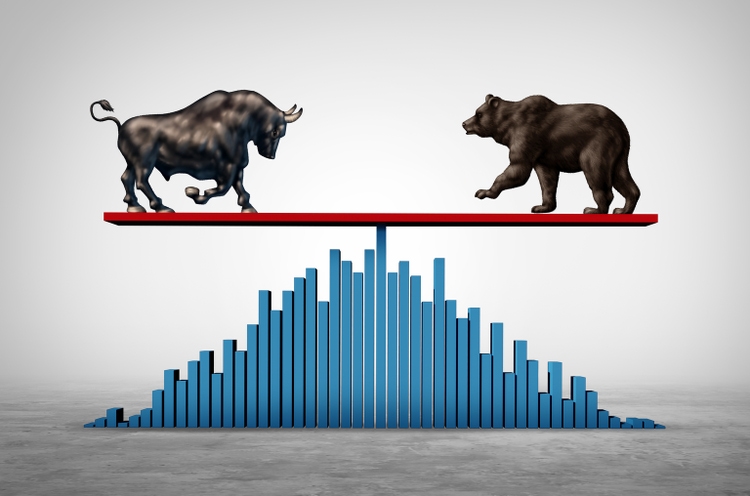


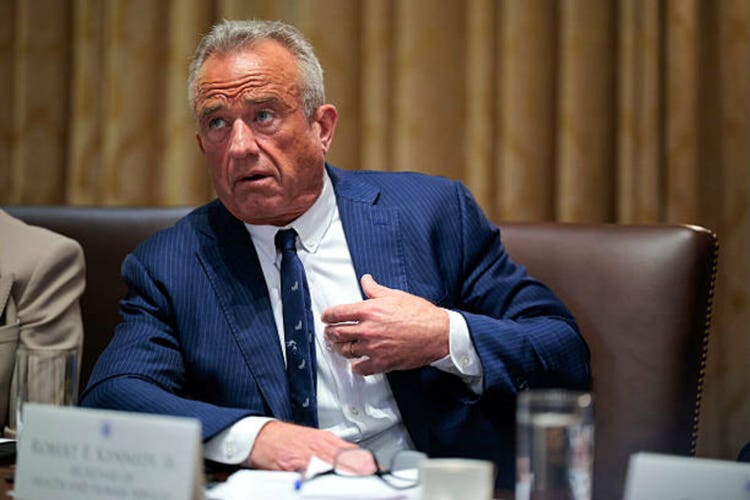
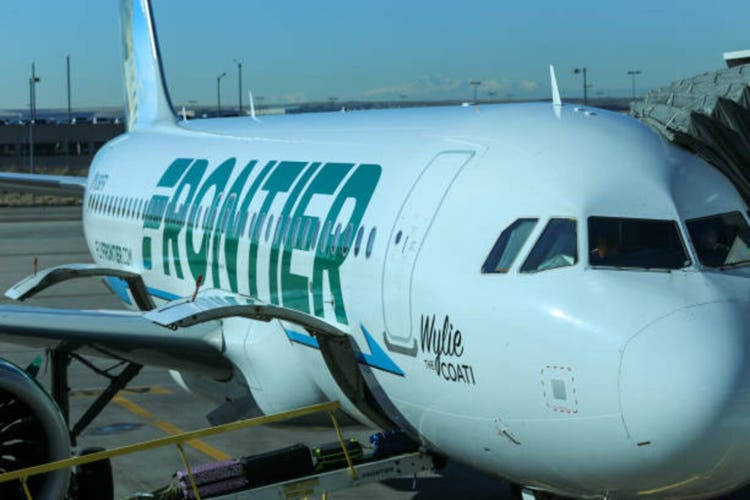


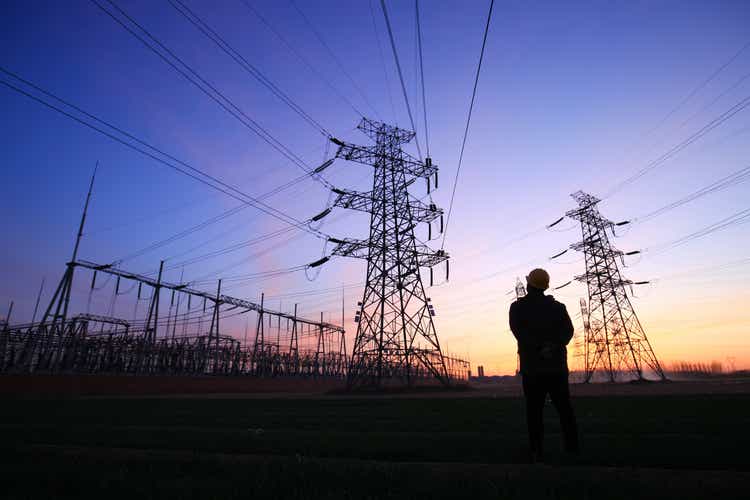


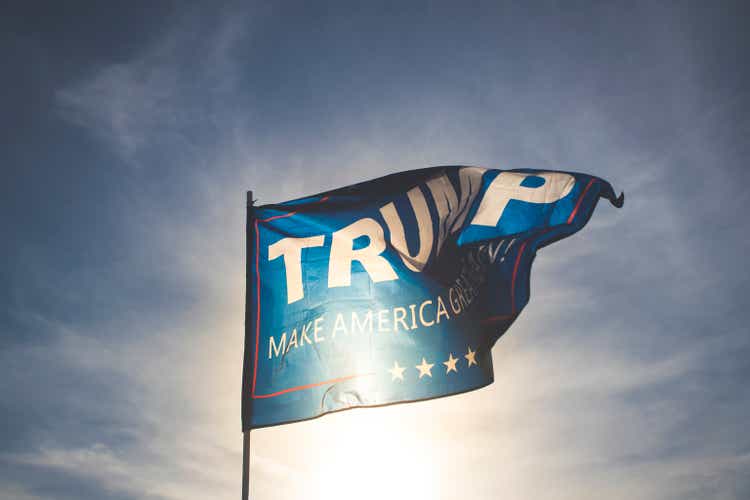


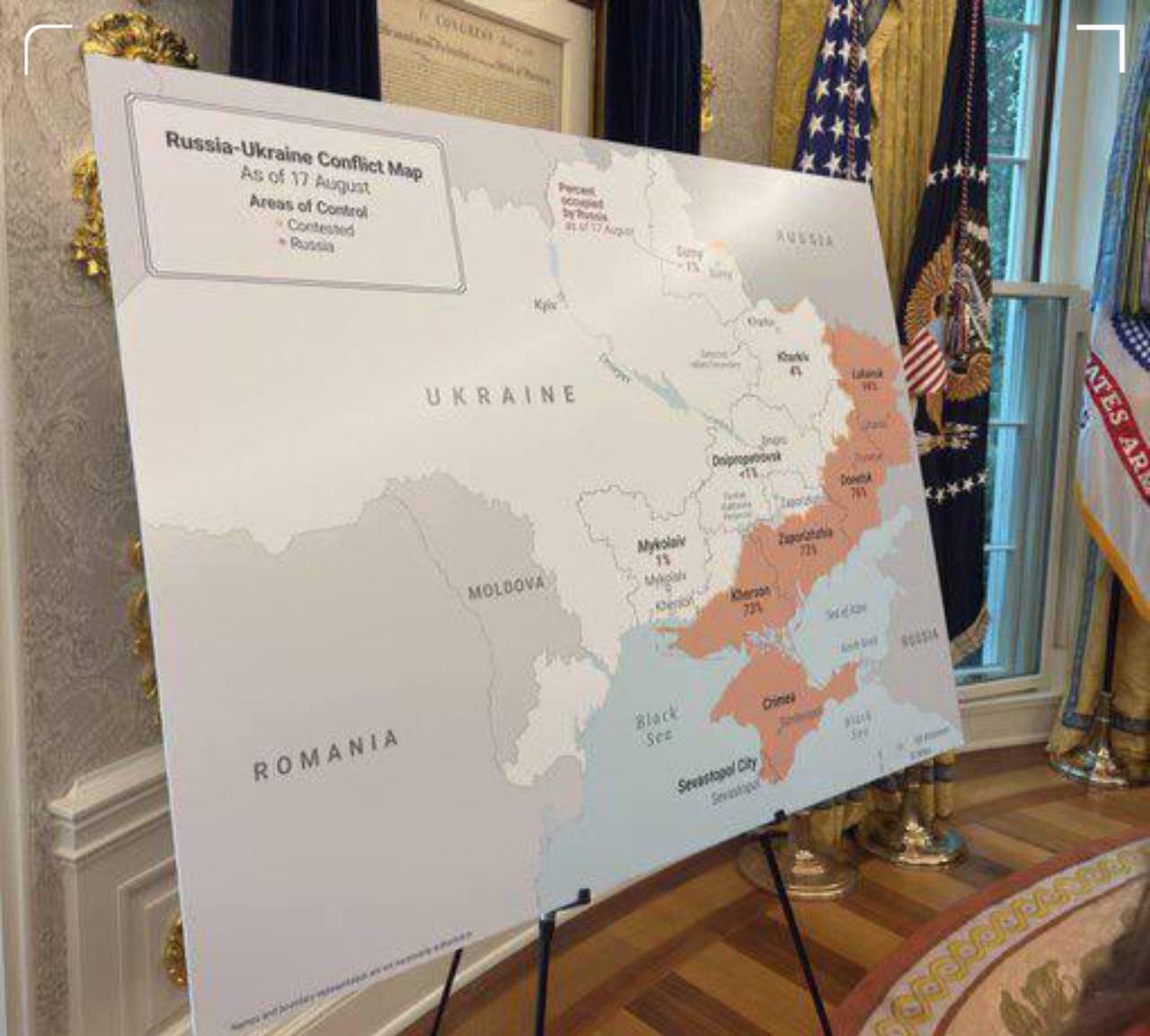

 English (US) ·
English (US) ·